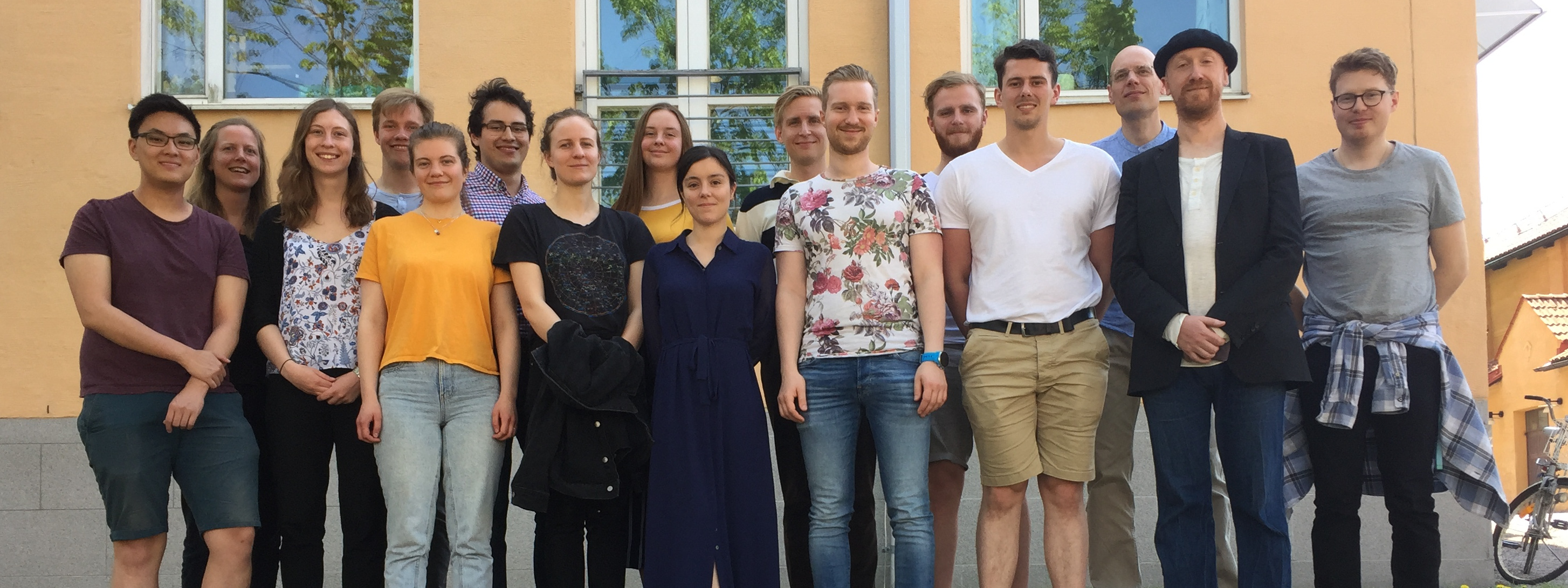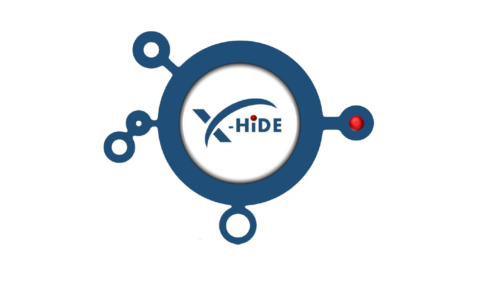As usual, we have attended the Virtual Physiological Human conference, which this year was given as an eConference. This year, our group was represented with two oral presentations, and three poster presentations. The first oral presentation was held by Gunnar Cedersund, with the title: “Multi-organ and multi-level digital twin models enters the clinic”, and it was similar to the presentation already held at numerous earlier occasions, e.g. at Almedalen, in the Swedish Parliament, at NIH, etc.

The second presentation was of a new project: Belén Casas’ postdoc project on modelling of microphysiological systems. This project is financed by AstraZeneca, who are the ones who do the experiments, in collaboration with the company TissUse. This modelling has allowed us to both understand the available system better, and to create a first translation up to humans. This brings us one step closer to finding a workable replacement for animal experiments regarding research on type 2 diabetes and Nonalcoholic SteatoHepatitis (NASH) in the liver. The postdoc project has been supervised by Gunnar Cedersund and Peter Gennemark (AstraZeneca, but also adjoint associate professor in our group). Since Belen is now away on parental leave, Peter gave the presentation. The three final poster presentations were on digital twins and multi-level modelling (Tilda Herrgårdh), on modelling of fatty acid fluxes in the fat tissue (Kajsa Tunedal), and on a new model for exercise (Antonia Klingsäter). Apart from our own presentations, it was interesting to see that the new ASME V&V40 guidelines from FDA, on usage of modelling in certification, are getting more and more traction. Another interesting presentation was the keynote held by Tarique Hussain, who talked about how he has been using advanced modelling of the heart, to help guide treatment planning of complicated cases in child cardiology.



